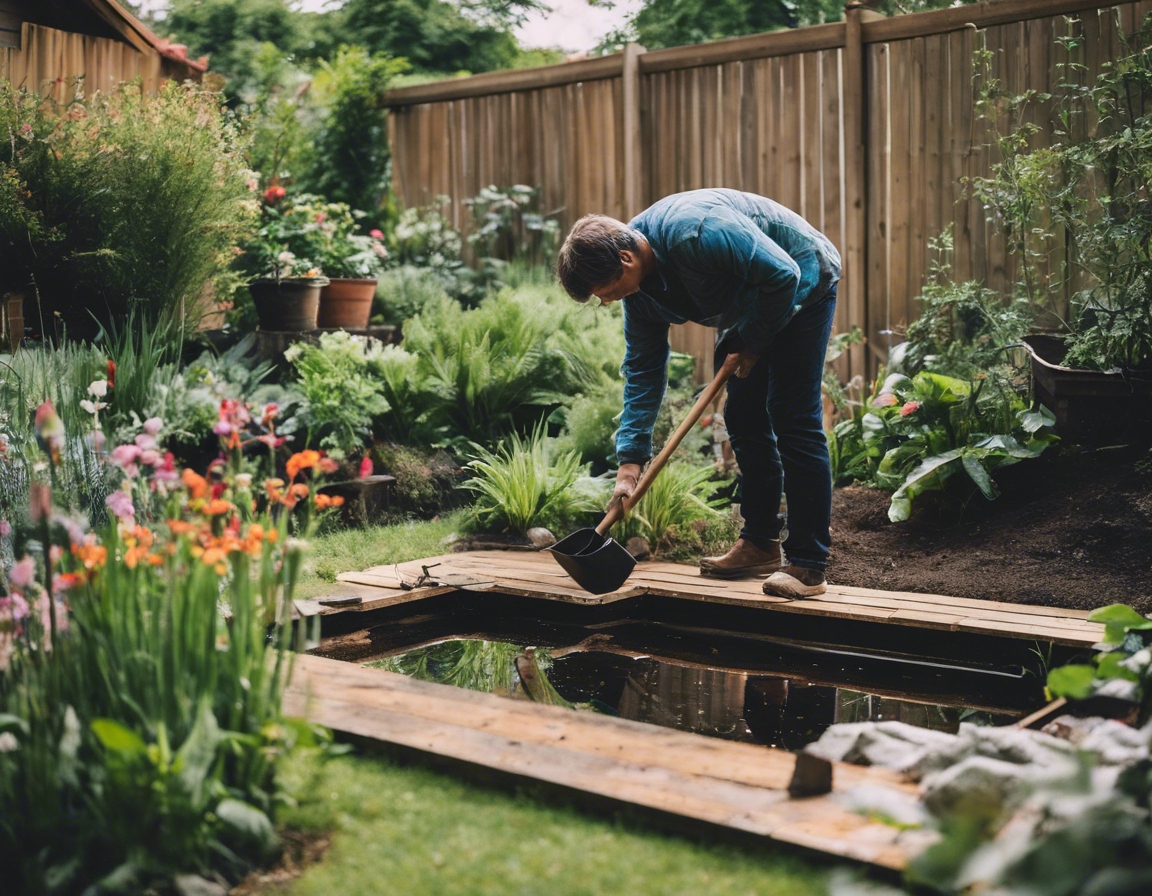How practical training can build a greener future
The path to a greener future is paved with the knowledge and skills imparted through practical training. As we face the pressing challenges of climate change and environmental degradation, the need for hands-on, practical training in sustainability practices has never been more critical. This blog post explores how practical training can be a cornerstone in building a greener, more sustainable future for our communities and the planet.
Environmental conservation efforts are only as effective as the people who implement them. Practical training equips individuals with the necessary tools to make informed decisions and take action towards preserving our natural resources. It bridges the gap between theoretical knowledge and real-world application, ensuring that sustainability principles are not just understood, but also practiced.
Practical training is integral to sustainable development, providing the foundation for individuals to contribute to the United Nations Sustainable Development Goals (SDGs). By focusing on hands-on learning experiences, practical training fosters a deeper understanding of how everyday actions can impact the environment and society.
Key Areas of Practical Training for Environmental Sustainability
Training in urban green space management is vital for maintaining the health and aesthetics of our cities. It involves learning about plant selection, landscape design, and maintenance practices that support biodiversity and provide recreational spaces for communities.
As the world shifts towards renewable energy sources, practical training in the installation, maintenance, and management of renewable energy systems becomes increasingly important. This includes solar, wind, and geothermal energy technologies that reduce our carbon footprint and promote energy independence.
Effective waste management and recycling are key to reducing pollution and conserving resources. Practical training in this area teaches individuals how to properly sort, process, and repurpose waste materials, turning what was once considered trash into valuable resources.
Water is a precious resource, and practical training in water conservation and management helps ensure its availability for future generations. This includes techniques for reducing water usage, protecting waterways from pollution, and implementing sustainable irrigation systems.
Protecting wildlife and preserving biodiversity are critical components of a greener future. Practical training in this field involves habitat restoration, species monitoring, and the development of conservation strategies that balance human needs with those of the natural world.
Implementing Practical Training Programs
For practical training programs to be successful, collaboration with local municipalities and community groups is essential. These partnerships ensure that training is relevant to local needs and that participants can directly apply their skills within their communities.
Educational institutions play a pivotal role in shaping the environmental stewards of tomorrow. By integrating practical sustainability training into their curricula, schools and universities can prepare students to lead the way in green initiatives.
Non-governmental organizations (NGOs) often require specialized training to address specific environmental challenges. Customized training modules can equip NGO staff and volunteers with the expertise needed to effectively carry out their conservation missions.
Advancements in technology and innovation have opened up new possibilities for practical training. Virtual reality, online courses, and interactive workshops can enhance learning experiences and make training more accessible to a wider audience.
Benefits of Practical Training for Communities and the Environment
Practical training empowers communities by providing them with the skills and knowledge to make sustainable choices and take ownership of their local environment. This leads to a more engaged and proactive citizenry.
The demand for green jobs is on the rise, and practical training can help individuals gain the qualifications needed to enter this growing field. From renewable energy technicians to conservation specialists, these careers contribute to both economic growth and environmental protection.
Through practical training, individuals learn how to enhance local biodiversity and strengthen ecosystems. This not only benefits wildlife but also supports agriculture, tourism, and overall community resilience.
A greener environment is a healthier environment. Practical training in green practices can lead to cleaner air, reduced noise pollution, and more green spaces, all of which contribute to the public's health and well-being.






Comments (0)